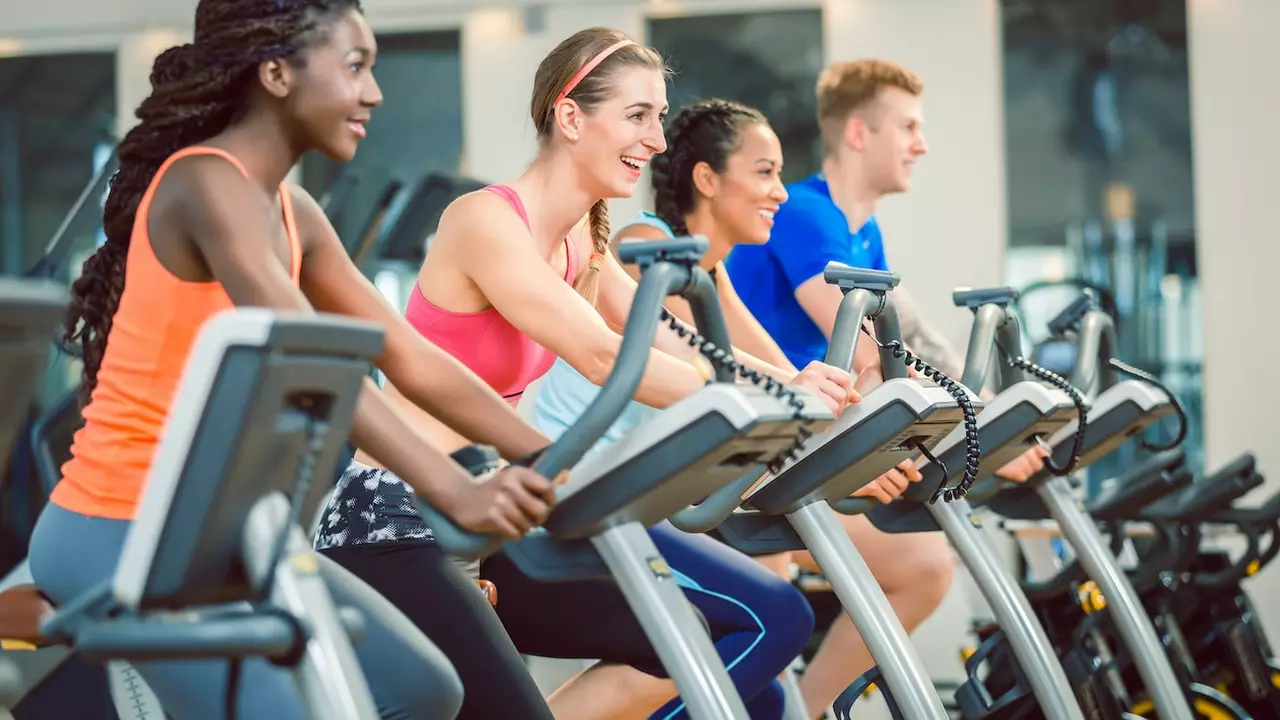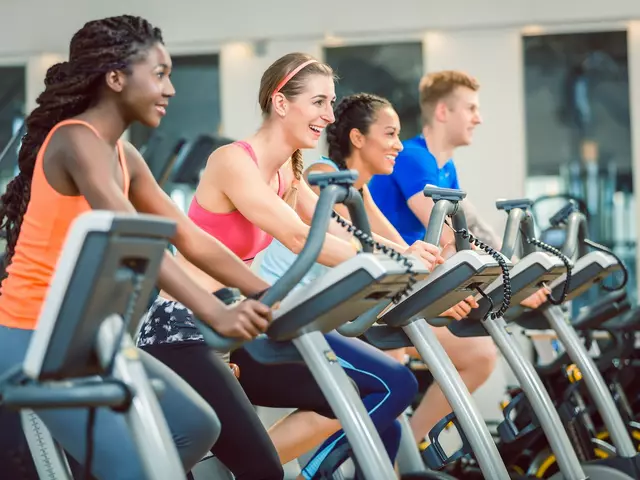Health Benefits of Cycling
If you hop on a bike a few times a week, you’ll notice big changes fast. Your heart beats stronger, muscles feel tighter, and you’ll have more energy for the day. The best part? You don’t need a gym membership or fancy gear – just a bike and a willingness to roll.
Most people think cycling is only for athletes, but the truth is it works for anyone. From teenagers to folks over 50, the movement adapts to every fitness level. You can ride slow on a flat path or push hard on hills; both give different benefits while keeping things fresh.
Physical Gains from Pedaling
First up, cardio. When you pedal, your heart pumps more blood, which lowers the risk of heart disease. Even a short 20‑minute ride can cut blood pressure and improve circulation. That’s why doctors often recommend cycling as a low‑impact way to stay fit.
Next, muscle tone. The legs do most of the work – quads, calves, glutes – but you also engage core muscles to stay balanced. Over time you’ll feel stronger when you climb stairs or lift groceries. No heavy weights needed.
Joint health gets a boost, too. Unlike running, cycling is gentle on knees and hips because the motion is smooth. People with arthritis find it easier to stay active without pain flare‑ups. That’s a win for long‑term mobility.
Weight control is another perk. Burning calories while you enjoy the scenery helps keep extra pounds at bay. A 150‑lb rider can torch about 300 calories in a 30‑minute moderate ride. Pair that with a balanced diet and you’ll see results without feeling starved.
Mental and Everyday Perks
Beyond the body, cycling lifts the mind. Riding releases endorphins, the same feel‑good chemicals you get after a good laugh. Those endorphins lower stress and improve mood, making you feel more relaxed after a busy day.
Morning rides are especially powerful. Starting your day with fresh air and sunlight syncs your internal clock, which helps you sleep better at night. A quick spin before work can replace that afternoon coffee crash.
Socially, a bike ride is a low‑key way to connect with friends or meet new riders. Group rides add a sense of community, and that support makes it easier to stick with the habit.
For people over 50, regular cycling can slow the aging process. Studies show it helps keep bones dense, improves balance, and reduces the chances of falls. The low‑impact nature means you can keep riding well into your golden years.
Finally, cycling is adaptable. If you’re short on time, a 10‑minute burst around the block still counts. If you have an entire weekend, a long trail ride gives you a deeper workout. The flexibility means you’ll never run out of excuses to get on the bike.
Bottom line: cycling is a simple, affordable, and enjoyable way to boost health across the board. Grab your bike, set a realistic goal, and notice the difference in just a few weeks. Your heart, muscles, mind, and everyday life will thank you.
Absolutely, cycling is an excellent form of cardio! It gets your heart rate up, burns a ton of calories, and can be easily tailored to your fitness level. Not only does it give your cardiovascular system a good workout, but it also strengthens your leg muscles. Plus, it's low impact, which means it's easier on your joints compared to other forms of exercise. So, if you're looking for a fun, effective way to improve your heart health, hop on a bike!
Read more
Cycling for 40 minutes a day has been a game changer for my health. Not only does it provide a great cardiovascular workout, but it also helps to strengthen my muscles and improve my mental well-being. I've noticed a significant increase in my energy levels and a more positive outlook on life. Additionally, it's an environmentally friendly mode of transportation, which makes me feel good about my daily commute. I highly recommend incorporating a 40-minute bike ride into your daily routine for a healthier lifestyle.
Read more






